On Monday 8 May 1972, Jack Shanks, wearing a short sleeve shirt, tie, pants, and dress shoes, lifted the Dinnie Stones with his bare hands, the first to do so since Scottish sport superstar Donald Dinnie himself lifted the stones in 1860. Even more impressive is that Jack Shanks only weighed 161lbs (73kgs) when he completed the lift—his belt is a mere 40 inches, end to end. The immense feat, of course, attracted a crowd of local press and excited onlookers. Sport Historian David Webster, O.B.E., was there to observe the lift. Webster is the man who rediscovered the stones in 1953, after they went missing during the first World War and became largely forgotten during the second World War.
In 1971, Webster had reinvigorated the challenge of lifting the Dinnie Stones when he published an article about their history and offered a cash reward of 250 British Pounds to anyone who could match Donald Dinnie’s feat of carrying them, unassisted, a distance of 17 feet 1.5 inches—the width of the Potarch Bridge. A number of strongmen had attempted to lift the Dinnie Stones but were only able to do so with the help of straps; however, Jack Shanks, a member of the Royal Ulster Constabulary, successfully put wind under the stones after training at his home in Belfast with concrete replicas. Shanks was able to create his training stones with the help of local Potarch police officers, who took measurements and sent a diagram. The detailed measurements even included the thickness and diameter of the two rings, which is a pivotal factor in lifting the stones.
After completing the lift in 1972, Jack Shanks returned to Belfast and continued to train with his replica stones. Over time, he began to notice that after some lifts, he needed to step forward in order to set the stones back down. He began to experiment with making the forward step more drastic by lifting with exaggerated movements in his hips and shoulders, which eventually led Shanks to believe he could replicate Dinnie’s feat of carrying the stones for distance. On 3 June 1973, Jack Shanks travelled to Potarch and completed the unassisted carry in 15 lifts (never removing his hands from the rings) for 17 feet 1.5 inches, the width of the Potarch Bridge and the completion of David Webster’s challenge.
Furthering the connection between the Shanks family and the Dinnie family, Jack Shanks’ son Stevie Shanks also completed successful unassisted lifts of the Dinnie Stones. Stevie, who had taken up powerlifting as a means of getting into better shape with the arrival of his fiftieth birthday, completed his first lift at fifty-two years of age in 2015, then lifted the stones on two separate occasions in 2017, and again in 2018. This means that the Shanks are the first father-and-son to have lifted the Dinnie Stones since Donald Dinnie and his own father Robert Dinnie in the 1800s.
When Jack Shanks completed his first lift of the Dinnie Stones, he was actually wearing a leather lifting belt beneath his short sleeve shirt. For his second lift and carry, Shanks wore the same belt, this time on the outside, and more athletic clothing, including a lifting vest or tank top that featured stripes around the torso—the colors of the Royal Ulster Constabulary: green, red, and black. With great kindness and generosity, Jack and Stevie Shanks have donated these two historic pieces—the lifting belt and vest—to The H.J. Lutcher Stark Center where they are now a part of the permanent collection. We are so grateful for their friendship and their donation; these are very important artifacts and truly magnificent items.
Below is a short photo slideshow celebrating Jack and Stevie Shanks as well as their contributions to the stone and iron games. For even more on Jack Shanks, Stevie Shanks, the Dinnie Stones, and Scottish stone lifting, please check out Stoneland, a feature length documentary produced by Rogue Fitness with Jan and Terry Todd.
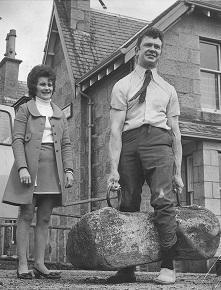
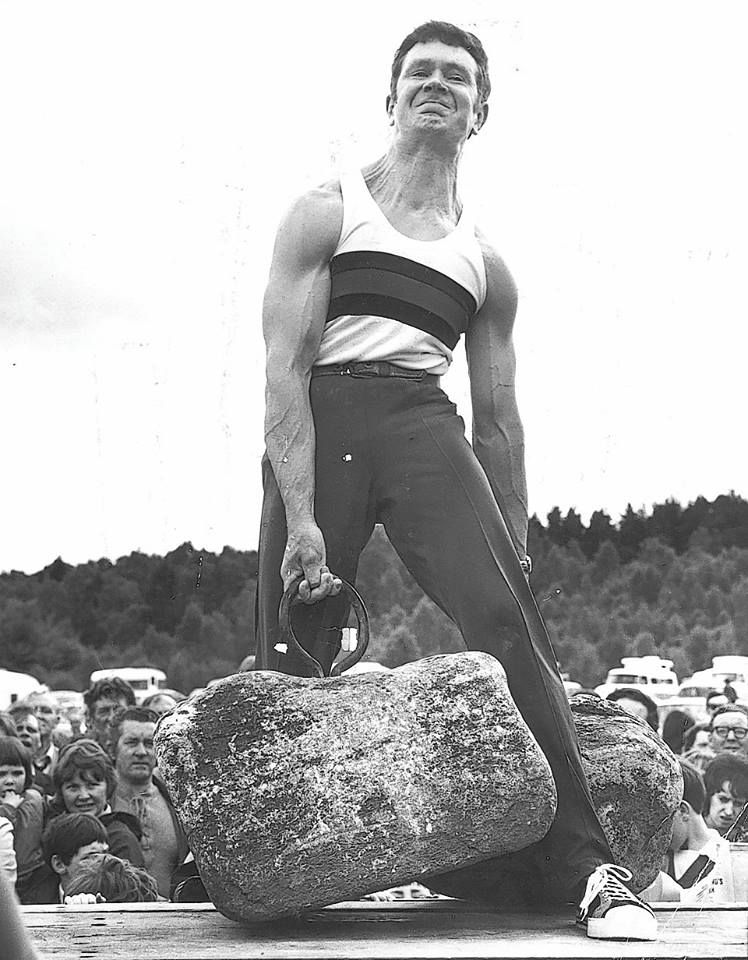
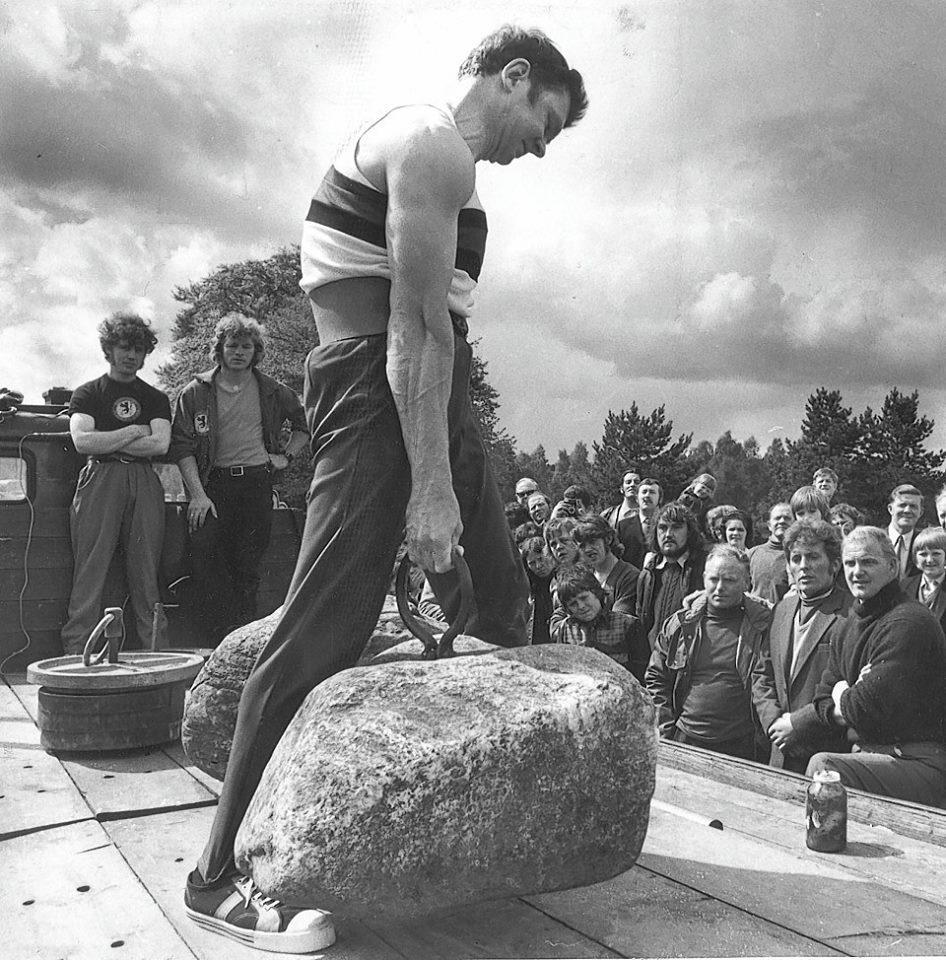


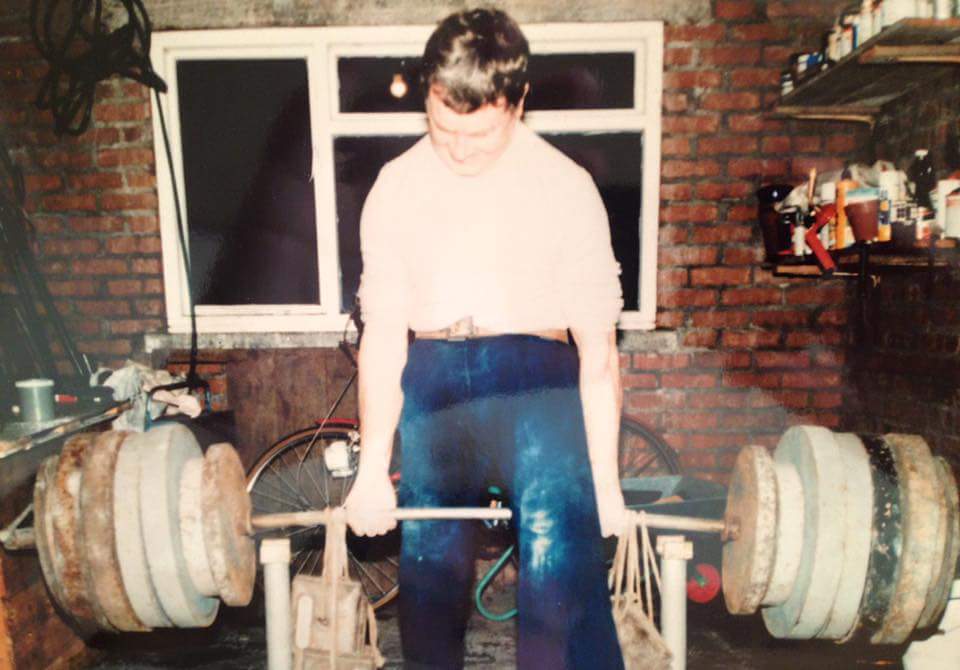



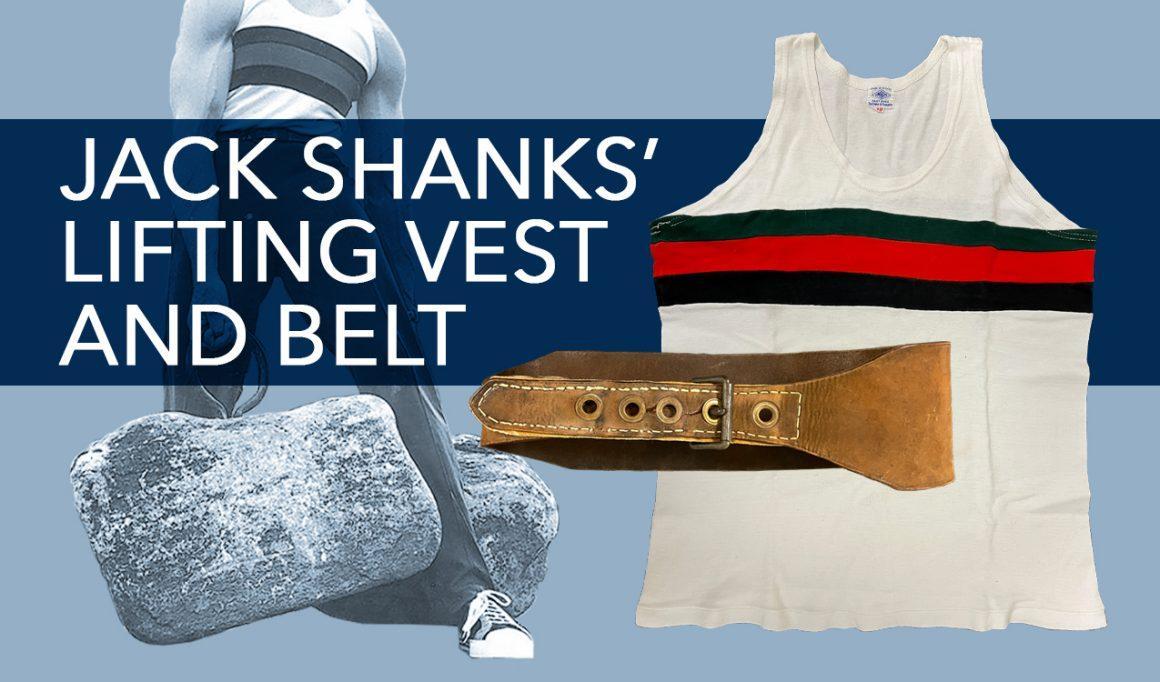

Leave a Reply